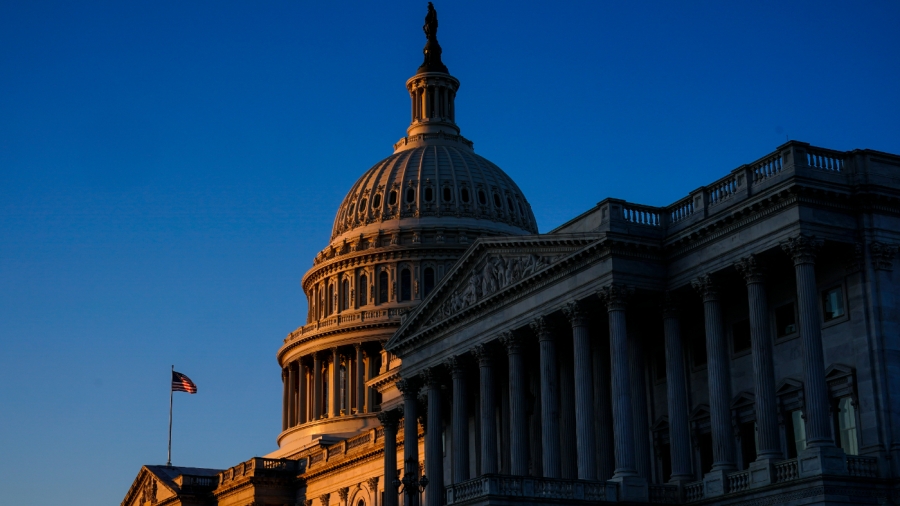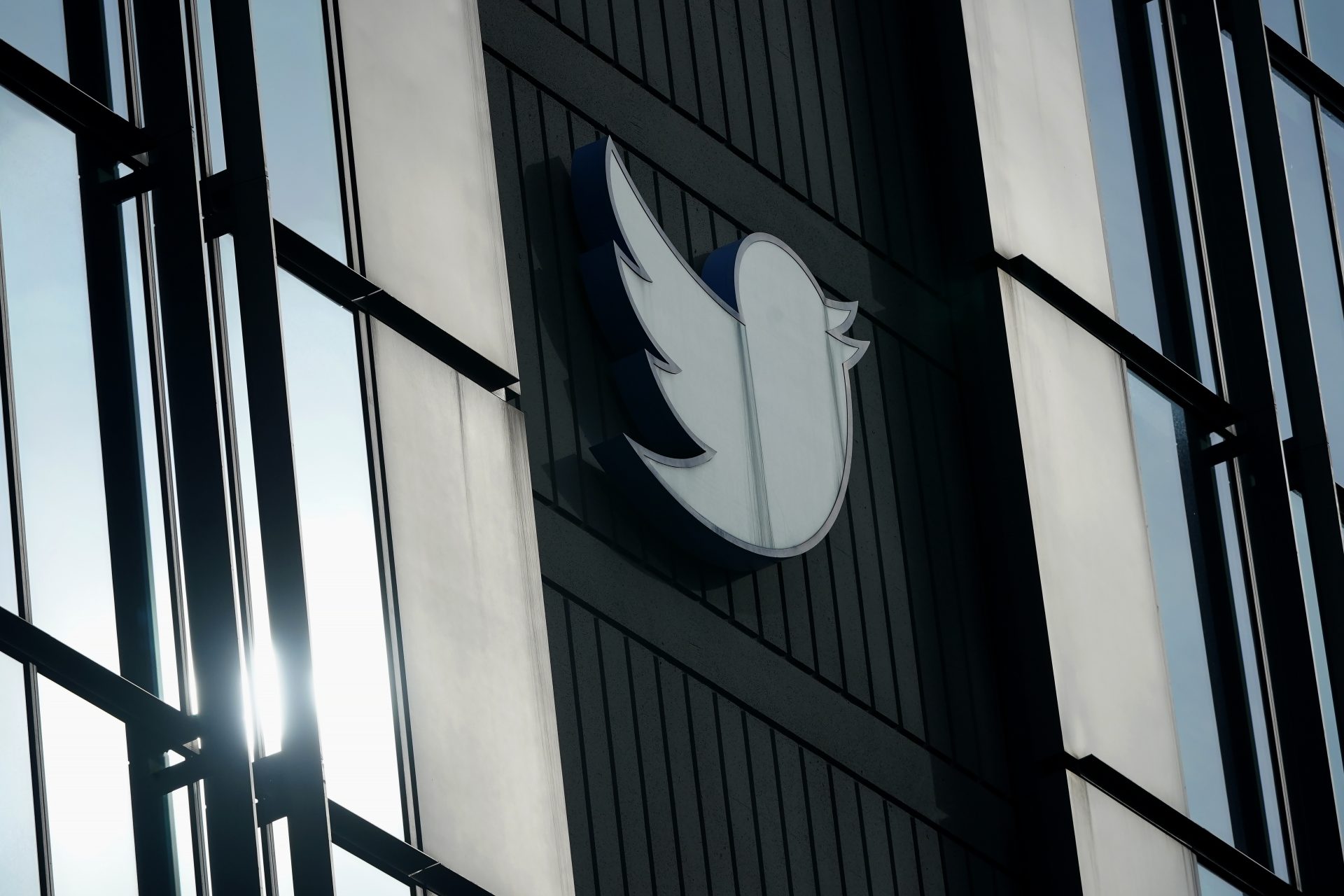Just In | The Hill
The 118th Congress begins. Meanwhile, Treasury issues a new guidance on electric vehicle tax credits and the EPA and Army Corps of Engineers finish new water regulations.
Plus: An interview with Steven Donziger, an activist who rallies against Big Oil in Latin America.
This is Overnight Energy & Environment, your source for the latest news focused on energy, the environment and beyond. For The Hill, we’re Rachel Frazin and Zack Budryk. Someone forward you this newsletter? Subscribe here.
Oil reserve bills top initial GOP agenda
The 118th Congress kicked off today, though Republicans remain engaged in a lengthy battle over who will be House Speaker.
Nevertheless, Rep. Steve Scalise (La.), a key Republican leader, put forward details on which bills Republicans are expected to take up first. Among the 11 initial bills are two related to the Strategic Petroleum Reserve (SPR):
One would prohibit the release of oil from the reserve without a plan to increase oil and gas production on federal lands
The other would prohibit the sale of SPR oil to entities owned, controlled or influenced by the Chinese Communist party
These bills are unlikely to make it past a Democratic-led Senate and White House, but are important opening messages for the GOP.
Read more about the opening Republican measures here, from The Hill’s Emily Brooks.
ANOTHER LOOMING REPUBLICAN TARGET: ESG
Republicans are expected to crack down on environmental and socially conscious investing, known as ESG, with themselves now in the House majority this year.
Ok, but what is it? ESG, which stands for environmental, social and governance investing, is a broad term for attempts to invest ethically, and can include actions by the government, investment firms and banks or individuals.
For example, the Biden administration recently put forward a regulation that enables money managers to consider “the economic effects of climate change” in investments that they oversee. Separately, the Securities and Exchange Commission (SEC) proposed requiring publicly traded companies to disclose how much they contribute to climate change.
ESG can also include decisions by investment firms, banks or individuals to steer money away from companies whose practices or products they consider unethical or bad for the environment.
Proponents of ESG see it as a way for people to help themselves do well financially by investing money into companies seen as having a positive impact, or that meet a set of environmental and social standards.
Republicans argue that ESG could harm the fossil fuel industry, and that the government should not be providing incentives to foster it. The burning of fossil fuels is the main driver of climate change, so entities operating under this philosophy may not put as much money into this industry as they would have otherwise.
Republicans have also raised concerns that money managers who take these factors into account may do so at the expense of profits for their clients.
Rep. Patrick McHenry (N.C.), the top Republican on the House Financial Services Committee, told The Hill in a statement that committee Republicans will “work together to conduct appropriate oversight of activist regulators and market participants who have an outsized impact.”
He specifically called out a proposed SEC regulation that would require companies to disclose their emissions and the risks that climate change poses to their business.
House GOP lawmakers will have oversight authority through which they can request or in some cases subpoena documents and conduct hearings on a wide range of topics they hope to examine.
Read more about the anti-ESG push forthcoming here.
Treasury delays EV tax credit stipulations
The Treasury Department and IRS announced last week that they are delaying restrictions on which electric vehicles can be eligible for tax credits under Democrats’ climate and tax bill, in addition to other policies regarding the tax credit.
Sen. Joe Manchin (D-W.Va.) slammed the guidance, marking his latest disagreement with the Biden administration.
The legislation, known as the Inflation Reduction Act, removed caps on how many electric vehicles would be eligible for consumer tax credits, but added new stipulations regarding the manufacturing of and sourcing of minerals for electric vehicle batteries.
The law says that these stipulations will take effect when the Treasury issues guidance for their implementation, which was supposed to happen “not later than December 31.”
But the Treasury said on Thursday that the guidance will not be ready until March and that in the meantime it will continue to use prior battery capacity requirements to determine if a vehicle can meet the credits.
The stipulations in the Inflation Reduction Act were expected to create some new hurdles, requiring that at least 50 percent of the value of the battery components be manufactured or assembled in North America in order to be eligible for a $3,750 credit.
Another $3,750 credit is available to electric vehicles if 40 percent of the value of the minerals contained in its battery are mined or processed in countries where the U.S. has a free trade agreement. In lieu of being mined or processed in such countries, the minerals could instead be recycled in North America to meet the second requirement.
Industry stakeholders said that the minerals requirements was expected to be particularly difficult to meet and could hamper electric vehicle adoption in the short term.
So what does Manchin have to say: Manchin, in a written statement on Thursday, slammed the Treasury’s announcement.
“The Treasury Department has known since August that they needed to release proposed guidance on the battery material and components of the Clean Vehicle Credit that accurately follows the intent of the IRA by the end of this year. Instead, Treasury decided they will ignore this deadline and issue proposed guidance in March,” he said.
“In the meantime, they have decided to move forward on implementing these credits without the necessary guidance to ensure taxpayer dollars are being responsibly used. This is an unacceptable outcome and I call on Treasury to pause the implementation of both commercial and new consumer EV tax credits until they have issued the appropriate guidance,” he added.
Read more about the guidance here.
Officials publish ‘middle-of-the-road’ water regs
The Biden administration on Dec. 30, 2022, issued new regulations for the country’s wetlands and waterways.
The regulations define which waters get federal protections that would require businesses to obtain a permit for activities like construction that could damage water quality — and which do not.
The water regulations have been contentious, with proponents of strict rules arguing that protections are needed to protect the environment and to prevent pollution. Opponents of strict regulations argue that they are burdensome for industry.
Radhika Fox, the EPA’s top water official, told The Hill that the new rule is a “balanced, middle-of-the-road rule.”
“It is focused on balancing our essential job at the EPA to protect our nation’s water resources but to do it in a way that also provides clarity to all water users.”
This may be it for WOTUS regs:
When it announced its intention to revise the nation’s water regulations in July 2021, the EPA said it would take a two-step approach, beginning with a “foundational rule” that would restore pre-Obama regulations and ending with a second rule that would “refine this regulatory foundation” and provide an “updated” definition of which waters are regulated.
However, it’s now unclear whether the EPA will move forward with a second rule. Fox said the agency may or may not do so eventually, but will focus immediately on implementing its existing rule.
“Our focus right now is on implementation,” Fox said. “Certainly as we learn from implementation, as we continue to get feedback, we may make future refinements but right now we’re focused on implementation, not a new rulemaking.”
Recent years have seen a significant back-and-forth over which waters should be regulated with the Obama administration rules seen as stringent while Trump-era rules were not.
The EPA said that its new rule restores protections that were in place prior to the Obama administration and said that it will strengthen important protections for drinking water sources.
Mark Ryan, a former EPA attorney who worked on the Obama administration rules said that he expected the Biden rules to be “somewhat similar” to regulations from 1986 that were largely in place already after both the Obama and Trump rules faced difficulty in court.
When it first proposed the rule last year, the EPA also said that due to the court actions, agencies had already been “implementing the pre-2015 regulatory regime nationwide.”
Nevertheless, Fox said that the new rule contains important updates that incorporate the latest science, streamline text and clarify certain categories of waters that are included and excluded from the regulations.
Read more about the new water regulations here.
THE HILL INTERVIEWS ACTIVIST STEVEN DONZIGER
Steven Donziger says he has no regrets amid a lengthy legal battle with Chevron that has won him support from Democrats in Congress who have pushed for his release from detention.
To supporters, Donziger is a folk hero who stood up to the power of oil companies in Latin America and has now suffered a personal cost.
To opponents — and in the eyes of the law, as it stands now — he’s a fraud who allegedly ghostwrote an Ecuadorian judge’s ruling ordering Chevron to pay $9.5 billion to farmers and Indigenous groups in the country. Donziger denies all allegations of fraud or misconduct in connection with the Ecuador case.
The vast majority of his detention — more than 800 days — has been pretrial house arrest, longer than the six-month maximum sentence he eventually received.
Donziger, who was released from house arrest in April, spoke to The Hill in November, one of several interviews he’s given since his release to tell his side of the story.
“Ultimately, I spent 993 days in detention, 45 days of that in federal prison and the rest was at home, and I was released [in] April,” Donziger said.
Though he’s out of detention now, Donziger expressed concern that he was a test case for what he called the corporate capture of American civil institutions by energy giants like Chevron, with a goal of silencing opposition.
Read more about the case here.
WHAT WE’RE READING
Is a Dam in Rural Portugal a Key to Our Alternative Energy Future? (The New York Times)
California’s endangered salmon population plummets amid new threat (The Los Angeles Times)
German Facility, Built at Breakneck Speed, Accepts Gas Shipment From U.S. (The Wall Street Journal)
MORE FROM THE HILL
Kentucky treasurer says 11 banks subject to divestment due to energy company ‘boycotts’
California, Nevada face flooding, power outages amid winter storm
Alaska offshore oil lease sale nets just one bid after being revived by Inflation Reduction Act
‘Bomb cyclone’ underscores vulnerabilities of nation’s electric grid
Lighter click: Rachel’s take on the speakership drama.
That’s it for today, thanks for reading. Check out The Hill’s Energy & Environment page for the latest news and coverage. We’ll see you tomorrow.
Overnight Energy & Environment, Energy & Environment, Policy










